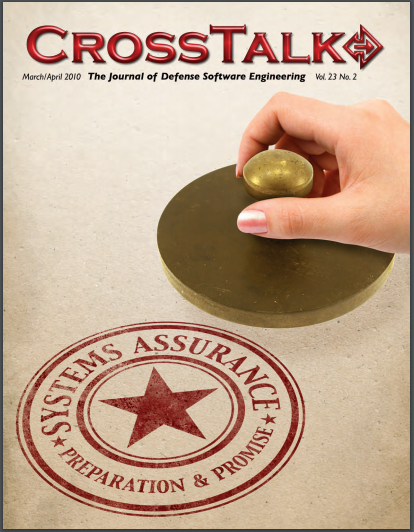By Tom Stiehm and Gene Gotimer. Published in the March/April 2010 edition of CrossTalk Magazine, The Journal of Defense Software Engineering. The authors look in-depth at CI: how it works, its tools and products, its relation to the “economics of testing,” and how an organization can successfully choose, incorporate, and utilize commercial and open source […]



